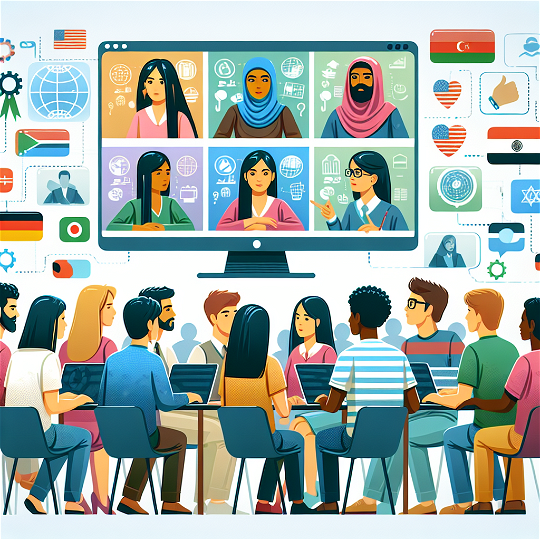Embarking on an online skill course can be an exciting journey towards personal and professional growth. However, the lack of face-to-face interaction can sometimes leave learners feeling isolated and disconnected. Community building is the bridge that connects isolated learners, creating a vibrant learning ecosystem that enhances the overall experience and fosters deeper understanding and retention of skills. By the end of this article, you'll have a clear action plan to cultivate a thriving online learning community that can transform your educational journey.
Why Community Matters in Online Learning
Community in online learning is not just about socializing; it's a critical component of the educational process. It provides a support system, encourages collaboration, and increases motivation and engagement. Studies have shown that learners who feel part of a community are more likely to complete their courses and achieve their learning goals.
How to Build a Community in Your Online Course
1. Engage in Discussion Forums
Platforms like Coursera, Udemy, and edX offer built-in discussion forums. Actively participating in these forums can help you connect with peers, share insights, and ask questions. Make it a habit to post at least once a week and respond to other learners' posts.
2. Join or Create Study Groups
Tools like Slack, Discord, and Facebook Groups allow you to join or create course-specific study groups. These groups can facilitate real-time interaction, peer-to-peer learning, and accountability.
3. Participate in Live Sessions
Many online courses offer live webinars or Q&A sessions with instructors. Attending these sessions not only clarifies your doubts but also helps you to meet fellow learners.
4. Connect on Social Media
Follow the course's social media pages or hashtags. Engage with the content and connect with other learners. Platforms like LinkedIn and Twitter can be particularly useful for professional networking.
5. Collaborate on Projects
If your course involves projects, seek out team members for collaboration. This can lead to meaningful connections and a deeper understanding of the course material.
6. Share Your Progress
Platforms like GitHub for coding courses or Behance for design courses allow you to showcase your work. Sharing your progress can invite feedback and foster a sense of community achievement.
Advanced Community Building Strategies
1. Organize Virtual Meetups
Use video conferencing tools like Zoom or Google Meet to organize virtual meetups with your peers. These can be informal hangouts or structured study sessions.
2. Create Content Together
Collaborate with peers to create blogs, podcasts, or videos related to your course. This not only solidifies your knowledge but also expands your network.
3. Engage in Peer Review
Offer to review your peers' work and invite them to critique yours. This reciprocal learning can lead to a more nuanced understanding of the subject matter.
Next Steps in Your Online Learning Journey
After establishing a strong community, consider exploring other topics to further enhance your online learning experience:
- Time Management Techniques for Online Learners
- Digital Tools and Resources for Effective Learning
- Certification and Accreditation: Understanding Their Value
- Career Planning: Leveraging Online Learning for Career Growth
By taking these steps, you'll not only enrich your learning experience but also pave the way for ongoing professional development and networking opportunities. Remember, the strength of your learning journey is amplified by the community you build around it.





















